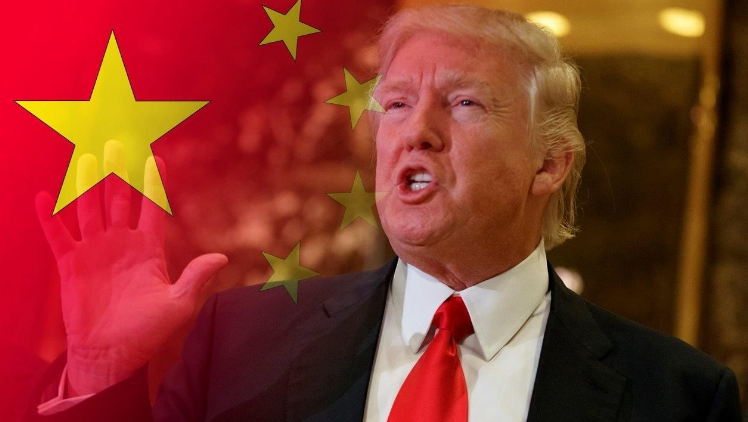 Whatever you think of President Trump, he found a way to make a big impact whenever he wants or needs to, by using Twitter. Just as politicians of the early 1920s discovered they could use the new radio stations to communicate directly with the masses, so Trump was the first to fully utilize the power of Twitter in effecting the same thing. For him, it was especially necessary, as there is no doubt most traditional media took a strong line against him.
Whatever you think of President Trump, he found a way to make a big impact whenever he wants or needs to, by using Twitter. Just as politicians of the early 1920s discovered they could use the new radio stations to communicate directly with the masses, so Trump was the first to fully utilize the power of Twitter in effecting the same thing. For him, it was especially necessary, as there is no doubt most traditional media took a strong line against him.
President Trump’s agenda and marketing strategy for his Presidency has focused heavily on delivering greater economic prosperity, especially for the working class. To further this end, it is logical that he would want the U.S. Dollar to become weaker for the following reasons:
A weaker Dollar will create an illusion of rising stock values.
A weaker Dollar will make exports cheaper and imports more expensive.
A weaker Dollar will make production in the U.S.A. relatively cheaper.
These are all political upsides for the President, and after seeing the Dollar initially fall by 10% after assuming office, recent months have seen it rise strongly again. Fundamental analyses tend to be overrated, but I think the relative strength of the U.S. economy and the Federal Reserve’s monetary policy have helped to drive a strong bullish trend in the U.S. Dollar over recent months.
President Trump has chosen this moment to strike at the Dollar with a tweet. After all, the Dollar is managed by the independent Federal Reserve, so the President cannot order them to weaken the Dollar. He has instead signaled that he will do what he can to weaken the Dollar just as the Dollar Index failed for the fifth week running to rise above a key resistance level, i.e. at a moment where it is vulnerable to a bearish reversal.
It will be interesting to see whether the U.S. Dollar continues to fall this week following the steep drop we saw since President Trump’s tweet. If it continues to rise, there may be little else the President can do about it.
